Samsung Galaxy Note 3 Neo vs Galaxy Note 3: first look
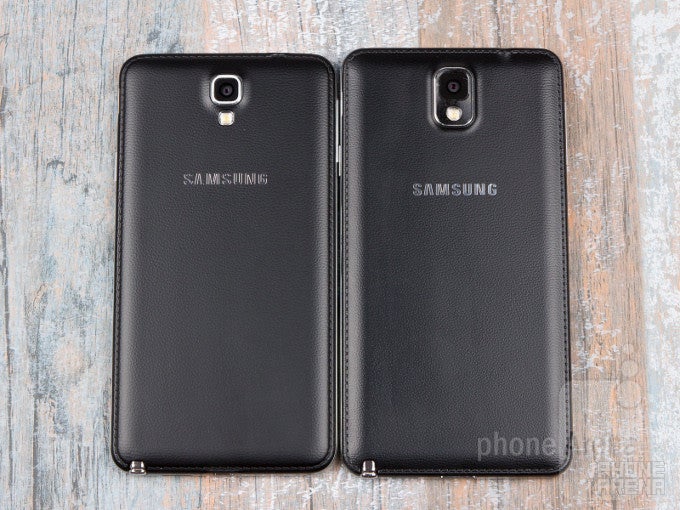
Samsung just released a mid-range phalet in the Note line for the first time, situating it as a smaller and likely cheaper alternative to the Note 3. The Note 3 Neo is more modest on specs, sporting a 5.5” 720p HD display instead of the 5.7” 1080p one of the flagship, a slower processor, 2 GB of RAM instead of 3, and 8 MP camera instead of 13 MP. On the other hand, it has identical design, same software features, and features the venerable S Pen stylus. We also get a large 3100 mAh battery that is just shy of the 3200 mAh unit in the Note 3, so let's recap what to expect from a Note 3 Neo vs Note 3 comparison.
Neo comes shorter and less wide than the Note 3, which makes it more pocket-friendly, and easier to operate with one hand than the typical phablets of late, despite the hearty 5.5” display. Just like the Note 3, the outer appearance is done in the new Samsung stylistic of metal-imitating side rim and a removable back cover that resembles notebook leather, stitching accents at the edge and all. The removable back means you can quickly swap with a spare battery, and add more storage, in the best of Samsung's traditions. The S Pen stylus is tucked the same way you'd find it on the Note 3, at the lower right corner, and overall the handset's looks scream “Hey, I'm a Note, too, just smaller”
Samsung's new phablet sports a 5.5” display, which has 720x1280 pixels of resolution, resulting in 267ppi pixel density. This panel is also the biggest difference when you compare it to the 5.7” 1080p screen of the flagship Note 3, that flaunts a 386 ppi pixel count. The HD resolution means that detail won't be as defined, and doodling won't look as precise as on the Full HD display of the Note 3. Its panel is still of the Super AMOLED variety, so it will offer you oversaturated, somewhat cold colors, deep blacks, and excellent viewing angles.
Both Notes are loaded with Samsung's TouchWiz Nature UX on top of Android 4.3 Jelly Bean, but we hope to see KitKat on them shortly. With NatureUX, however, the most apparent visual differences that KitKat brings, like a transparent status bar and full-screen wallpaper, are present stock, so there's not much of a surface difference at first look.
Still, on both handsets you can expect all the bells and whistles that come with Samsung's homemade interface overlay, like Smart Stay, which keeps the screen on while you are looking at it, and the multi-window mode that can run two different apps on a split screen.
The display size of the two Notes is very conducive to multitasking, and when you add the S Pen apps to the mix, the handset becomes in a league of its own. It offers the excellent S Note application, various drawing and annotating functions in the Gallery or Calendar, as well as the Air View and Air Gestures that let you hover above the display with the stylus or a finger, marking links and evoking pop up info.
We have a new kid on the Exynos block, and it is the hexacore CPU found in the LTE version of the Note 3 Neo. It has two Cortex-A15 cores, clocked at 1.7 GHz maximum, and four Cortex-A7s, clocked at 1.3 GHz. The new Exynos is paired with a decent graphics processor, too, ARM's Mali-T624, so it's unlikely you'll have interface or app lag and hiccups, though for heavy 3D games it might be throttling the effects down. The 3G version of the Neo makes do with a 1.6 GHz quad-core processor.
Samsung has put 2 GB of RAM in its smaller phablet, compared to the record 3 GB on the Note 3, yet you still can line up many apps open at the same time on both, without slowing them down. There are 16 GB of internal memory, plus a microSD slot for storage expansion on the handsets.
The 8 MP camera on the back of the Neo has an LED flash underneath it, and there's also a 1.9 MP front-facing shooter for video chat. The larger brother sports a 13 MP shooter on the rear.
Design
Neo comes shorter and less wide than the Note 3, which makes it more pocket-friendly, and easier to operate with one hand than the typical phablets of late, despite the hearty 5.5” display. Just like the Note 3, the outer appearance is done in the new Samsung stylistic of metal-imitating side rim and a removable back cover that resembles notebook leather, stitching accents at the edge and all. The removable back means you can quickly swap with a spare battery, and add more storage, in the best of Samsung's traditions. The S Pen stylus is tucked the same way you'd find it on the Note 3, at the lower right corner, and overall the handset's looks scream “Hey, I'm a Note, too, just smaller”
Display
Samsung's new phablet sports a 5.5” display, which has 720x1280 pixels of resolution, resulting in 267ppi pixel density. This panel is also the biggest difference when you compare it to the 5.7” 1080p screen of the flagship Note 3, that flaunts a 386 ppi pixel count. The HD resolution means that detail won't be as defined, and doodling won't look as precise as on the Full HD display of the Note 3. Its panel is still of the Super AMOLED variety, so it will offer you oversaturated, somewhat cold colors, deep blacks, and excellent viewing angles.
Interface
Both Notes are loaded with Samsung's TouchWiz Nature UX on top of Android 4.3 Jelly Bean, but we hope to see KitKat on them shortly. With NatureUX, however, the most apparent visual differences that KitKat brings, like a transparent status bar and full-screen wallpaper, are present stock, so there's not much of a surface difference at first look.
The display size of the two Notes is very conducive to multitasking, and when you add the S Pen apps to the mix, the handset becomes in a league of its own. It offers the excellent S Note application, various drawing and annotating functions in the Gallery or Calendar, as well as the Air View and Air Gestures that let you hover above the display with the stylus or a finger, marking links and evoking pop up info.
Processor and memory
We have a new kid on the Exynos block, and it is the hexacore CPU found in the LTE version of the Note 3 Neo. It has two Cortex-A15 cores, clocked at 1.7 GHz maximum, and four Cortex-A7s, clocked at 1.3 GHz. The new Exynos is paired with a decent graphics processor, too, ARM's Mali-T624, so it's unlikely you'll have interface or app lag and hiccups, though for heavy 3D games it might be throttling the effects down. The 3G version of the Neo makes do with a 1.6 GHz quad-core processor.
Still, the hexacore Exynos here is clocked much slower than the 2.3 GHz quad-core Snapdragon 800 or the 1.9 GHz Exynos 5 Octa versions of the Note 3, so the difference in benchmarks is poised to be very significant. Same goes for the GPU, which is likely to be faster than Mali-400 in the Note II, but weaker than the Adreno 330 or Mali-T628 graphics processors that can be found in the Note 3.
Samsung has put 2 GB of RAM in its smaller phablet, compared to the record 3 GB on the Note 3, yet you still can line up many apps open at the same time on both, without slowing them down. There are 16 GB of internal memory, plus a microSD slot for storage expansion on the handsets.
Camera
The 8 MP camera on the back of the Neo has an LED flash underneath it, and there's also a 1.9 MP front-facing shooter for video chat. The larger brother sports a 13 MP shooter on the rear.
Besides the smaller camera sensor resolution, the Note 3 Neo makes do with 1080p video footage, captured at fluid 30fps, while the flagship Note 3 is also able to capture 4K video recordings
We won't comment on the quality of the Note 3 Neo's pictures and video, as ours is a non-finalized version of the phablet, but what we are seeing from our sample shots looks pretty encouraging for the retail phone.
Expectations
The smaller Neo is likely to be as successful in terms of sales as its flagship, since it aims for those who want a Note 3, but are deterred by its price or size. This budget model doesn't sacrifice too much, save for the screen resolution and slower processor, and since Samsung has graced it with the full S Pen functionality, the mid-range phablet seems destined to become one of the best value-for-money propositions in its category, unless Samsung goes ballistic with pricing.





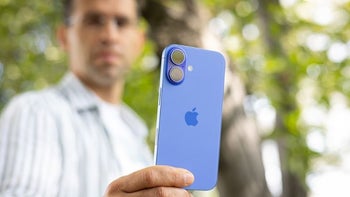
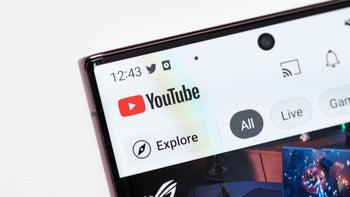

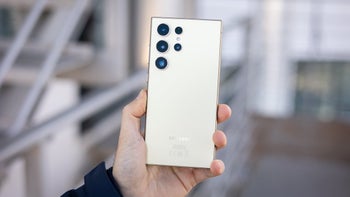
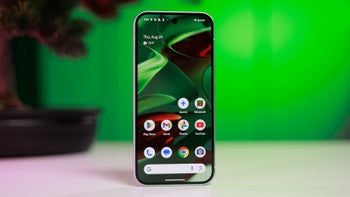
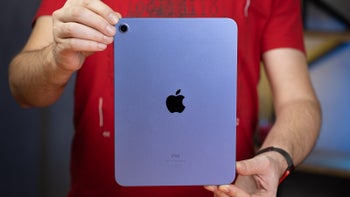

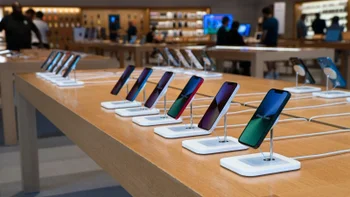
Things that are NOT allowed: